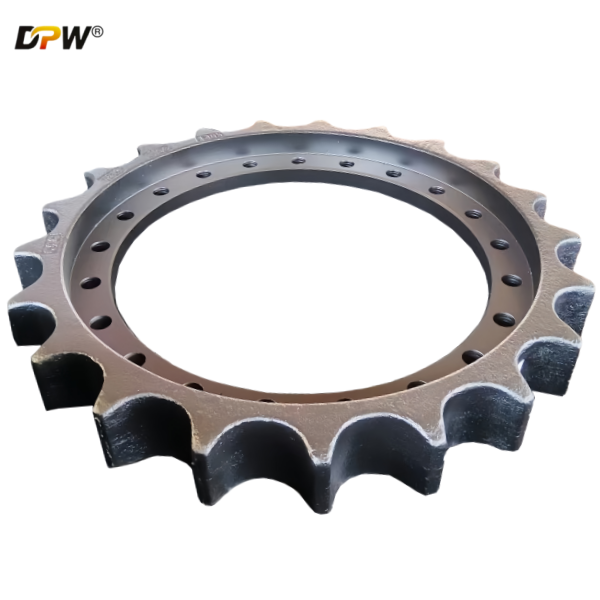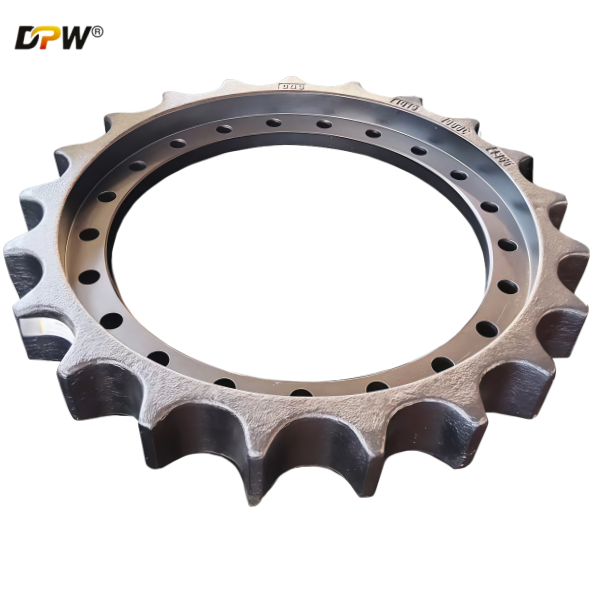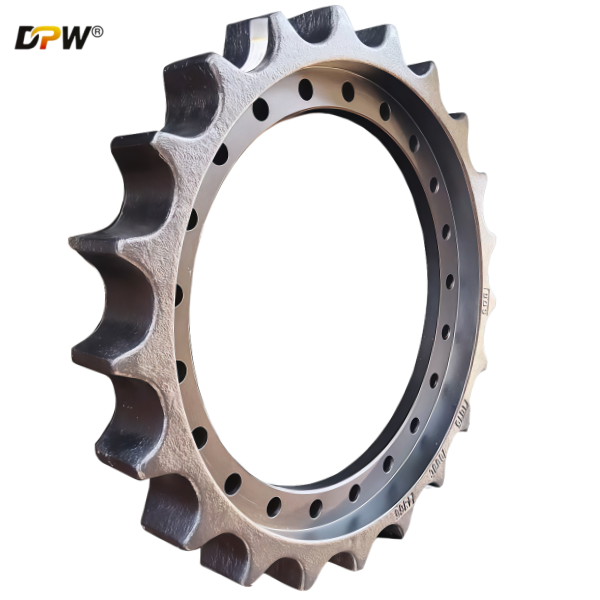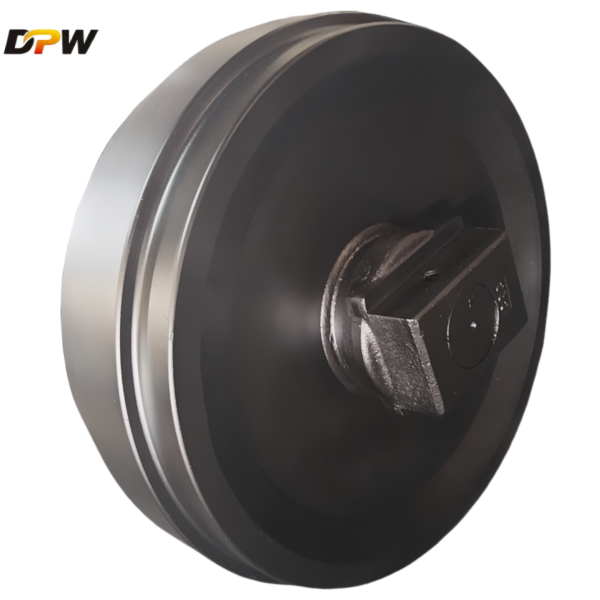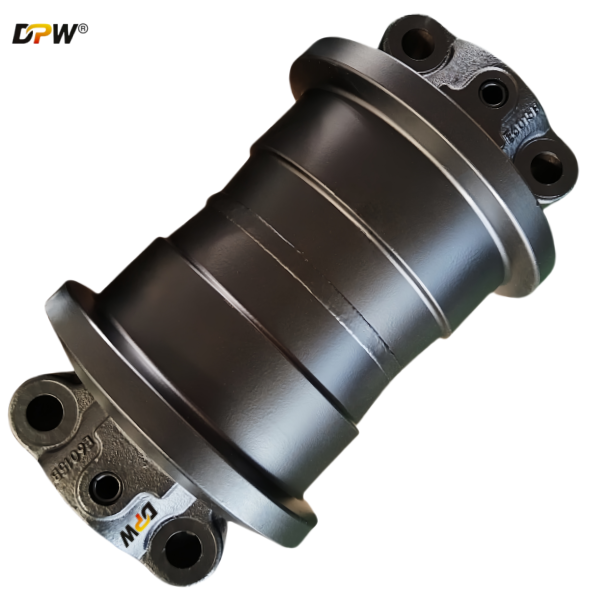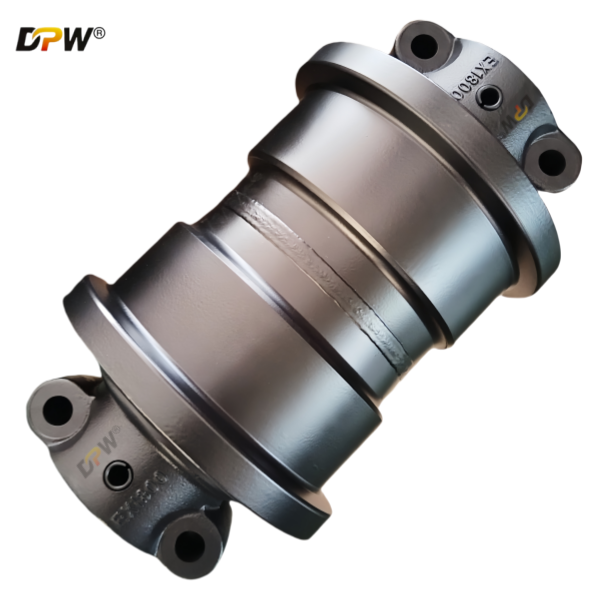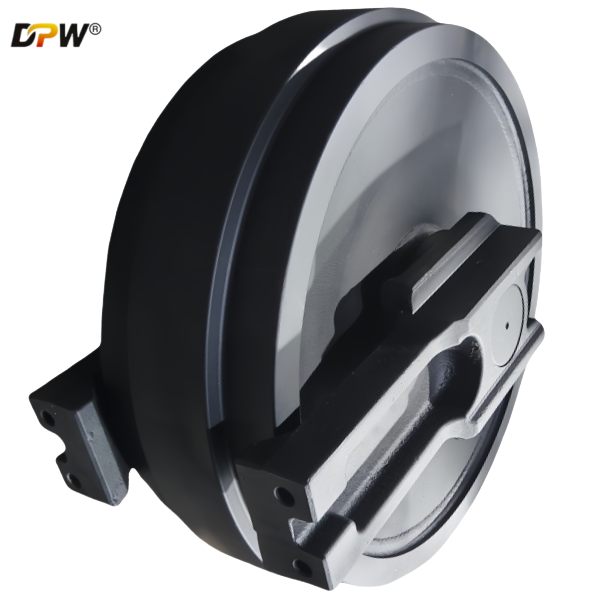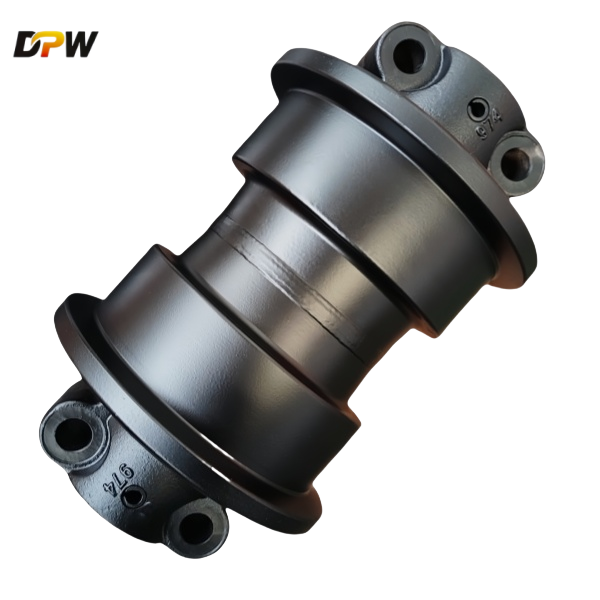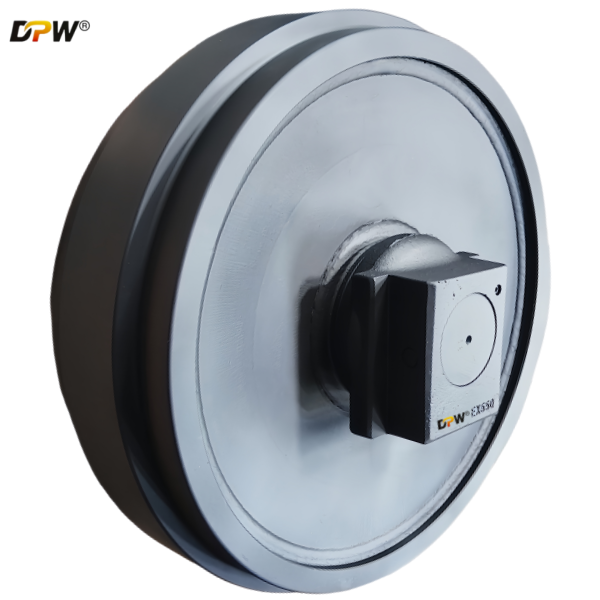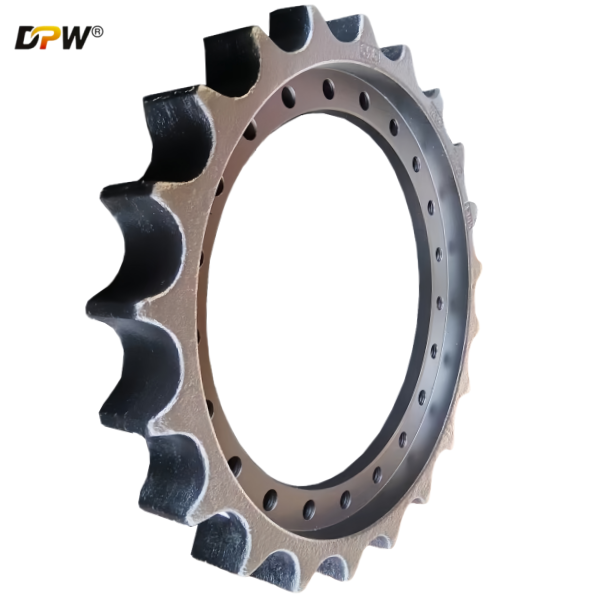
SDLG LGCE6650 Final Drive Sprocket Assembly/OEM quality heavy duty excavator undercarriage components manufacturer and supplier
Product Specifications
Technical Description: SDLG LGCE6650 Track Final Drive Sprocket Rim Assembly
1. General Overview & Functional Definition
The SDLG LGCE6650 Track Final Drive Sprocket Rim Assembly is the definitive power-output component within the machine's track propulsion system. As the final mechanical reduction and drive element, it is responsible for the critical conversion of rotational power from the final drive motor into linear traction force. Its primary functions are:
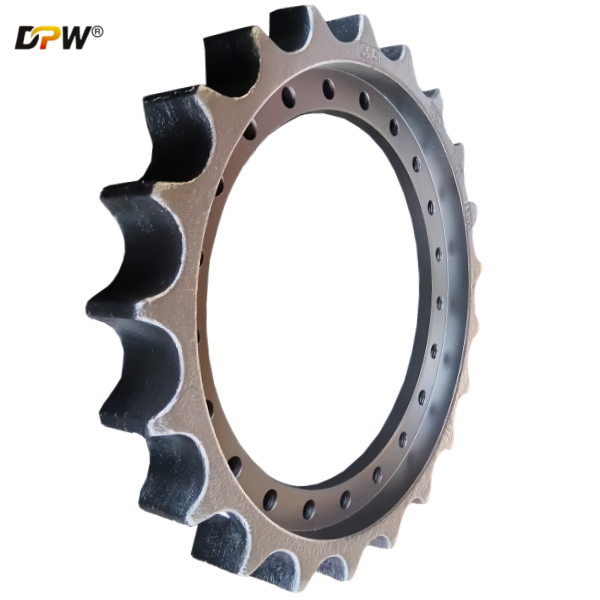
Power Transmission & Traction Generation: It meshes directly with the track chain bushings to pull the track chain, thereby generating the forward or reverse propulsive force required for the machine's movement.
Torque Conversion: It acts as the final gear in the reduction train, converting the high-speed, low-torque output of the planetary gearsets within the final drive into high-torque, low-speed rotation at the track.
Track Chain Engagement & Guidance: It positively engages with and guides the track chain, working in concert with the front idler and rollers to maintain a continuous, aligned track loop.
Load Bearing: It withstands immense tangential driving forces, radial loads from track tension, and axial shock loads from uneven terrain and directional changes.
2. Detailed Component Breakdown & Technical Specifications
The "Rim Assembly" nomenclature often indicates a design where the sprocket rim is a separate, serviceable component that mounts onto a hub connected to the final drive's output shaft. This allows for replacement of the worn sprocket without rebuilding the entire final drive.
2.1. Sprocket Rim (The Tooth Segment)
Material & Manufacturing: Typically fabricated from high-carbon, high-manganese steel or alloy steel such as 50Mn, through a precision forging process. Forging ensures a continuous grain flow that follows the tooth profile, maximizing impact strength and resistance to fatigue failure.
Design Features:
Tooth Profile & Heat Treatment: The teeth are precisely machined to a specific pressure angle and profile to ensure smooth, non-interfering engagement with the track chain bushings. The entire tooth profile and root area undergo induction hardening or flame hardening to achieve a high surface hardness (55-60 HRC) for extreme wear resistance, while the core remains tough to absorb impacts.
Split-Rim Design (Common): Many modern designs feature a split rim, where the sprocket is composed of two identical halves. This allows for rotation (flipping) of the rim to present a fresh wear surface to the track, thereby doubling the service life. It also facilitates much easier replacement without requiring complete disassembly of the final drive.
Bolt-On Interface: The rim features precisely machined bolt holes for secure attachment to the final drive hub. The interface is often designed with piloted surfaces or dowel pins to ensure perfect concentricity and to prevent shear forces from being carried solely by the bolts.
2.2. Mounting Hub
Function: Serves as the permanent interface between the final drive's output shaft and the replaceable sprocket rim. It transmits the full driving torque from the shaft to the rim.
Material & Specification: Manufactured from high-strength carbon or alloy steel (e.g., 45# Steel or 42CrMo), and heat-treated for strength. It is typically pressed onto and keyed to the final drive output shaft, providing a robust, non-slip connection.
2.3. Fastening System
Components: High-strength, property class Grade 10.9 or 12.9 cap screws, along with corresponding hardened washers and often lock plates.
Function: These bolts are critical for clamping the sprocket rim(s) to the hub. They must be torqued to the manufacturer's exact specification in a star-pattern sequence to ensure even load distribution and prevent loosening under cyclic loads.
3. Integration with the Final Drive & Undercarriage System
The Sprocket Rim Assembly is the terminal point of a complex system:
Interface with Final Drive: It mounts directly onto the hub of the final drive assembly, which contains the multi-stage planetary gear reduction and the hydraulic motor.
Interface with Track Chain: It meshes with the track chain's bushings (the "pins" around which the chain rotates). Proper meshing is characterized by a specific fit where the sprocket tooth contacts the bushing along a precise pitch line.
Relationship with Idler & Rollers: It works in opposition to the front idler; while the idler guides, the sprocket drives. Its alignment with the idler and rollers is critical for even wear and efficient power transmission.
4. Critical Performance & Maintenance Parameters
Wear Progression & Life Cycle: Sprocket wear is inevitable and occurs as the tooth profile gradually changes from a pointed "hook" to a flattened "mushroom" shape. SDLG provides wear limits, often as a percentage of original tooth height. Operating beyond these limits leads to poor engagement, accelerated wear of the track chain, and potential jumping of the track.
"Matched Wear" Concept: This is a critical principle. The sprocket and track chain must wear together. Installing a new sprocket on a severely worn track chain (or vice versa) will cause accelerated, destructive wear due to mismatched pitch.
Bolt Integrity: Regular inspection of the rim mounting bolts for proper torque is essential. Loose bolts can lead to wallowed-out holes, rim failure, and catastrophic separation from the hub.
Lubrication: While the rim itself is not lubricated, the final drive hub and output shaft bearings are sealed and lubricated within the final drive housing. Checking the final drive oil level and condition is part of overall sprocket health monitoring.
5. Failure Mode and Effects Analysis (FMEA)
Premature/Uneven Tooth Wear: Caused by misaligned undercarriage, improper track tension, or operating with a mismatched track chain.
Tooth Chipping or Fracture: Resulting from extreme shock loads (e.g., striking a solid rock) or material defects.
Bolt Failure: Caused by improper torque, failed lock plates, or fatigue from cyclic loading, leading to rim detachment.
"Pocket" Wear on Split Rims: Wear at the split line between the two rim halves, which can eventually prevent proper assembly and clamping.

